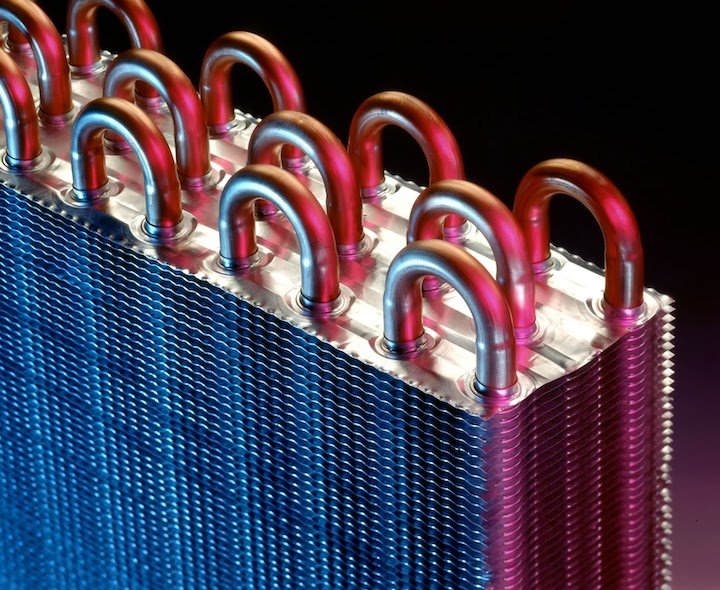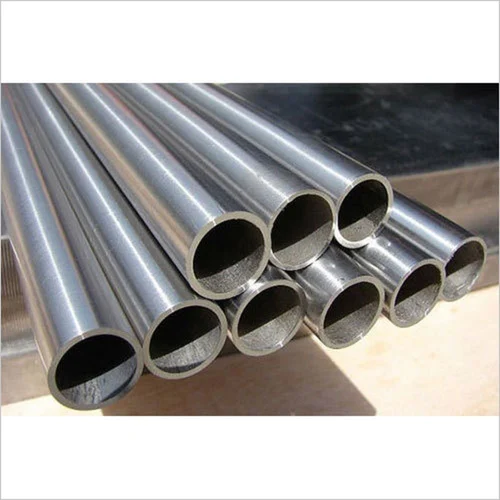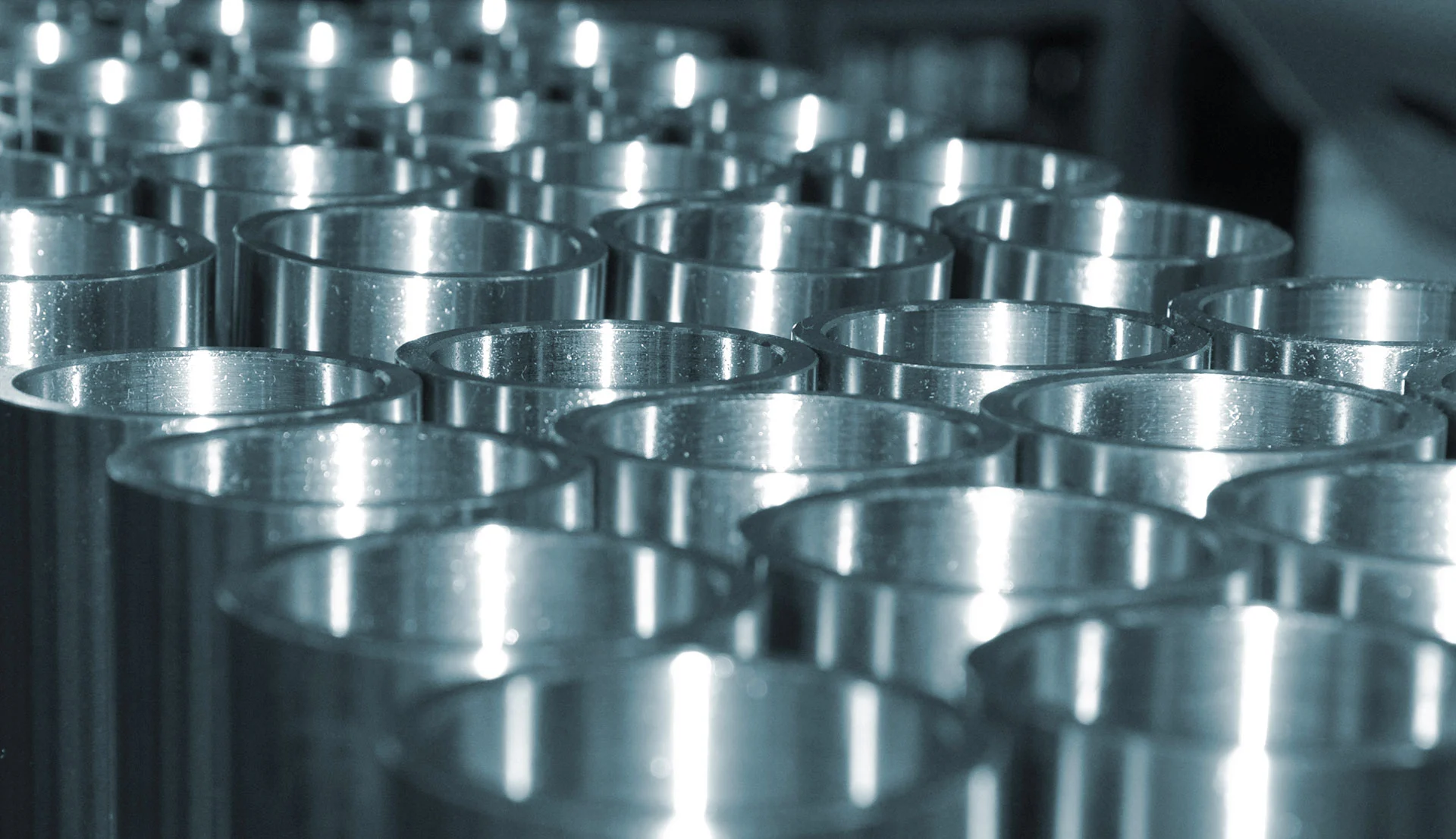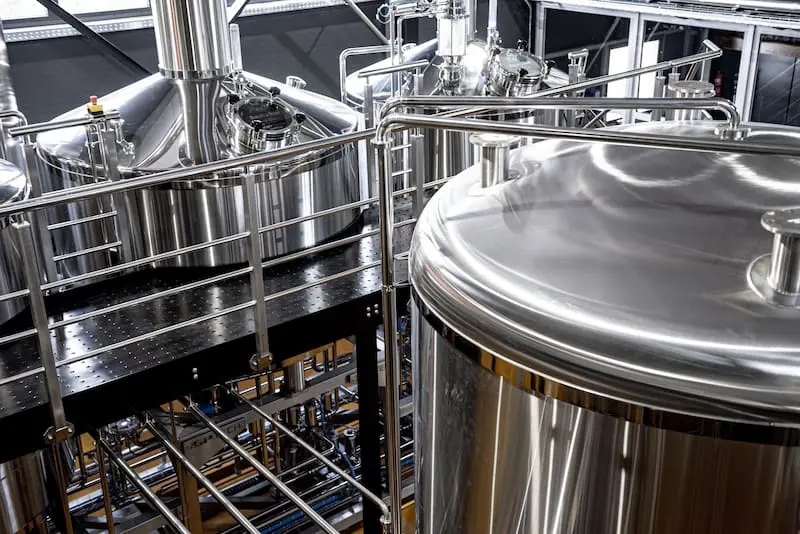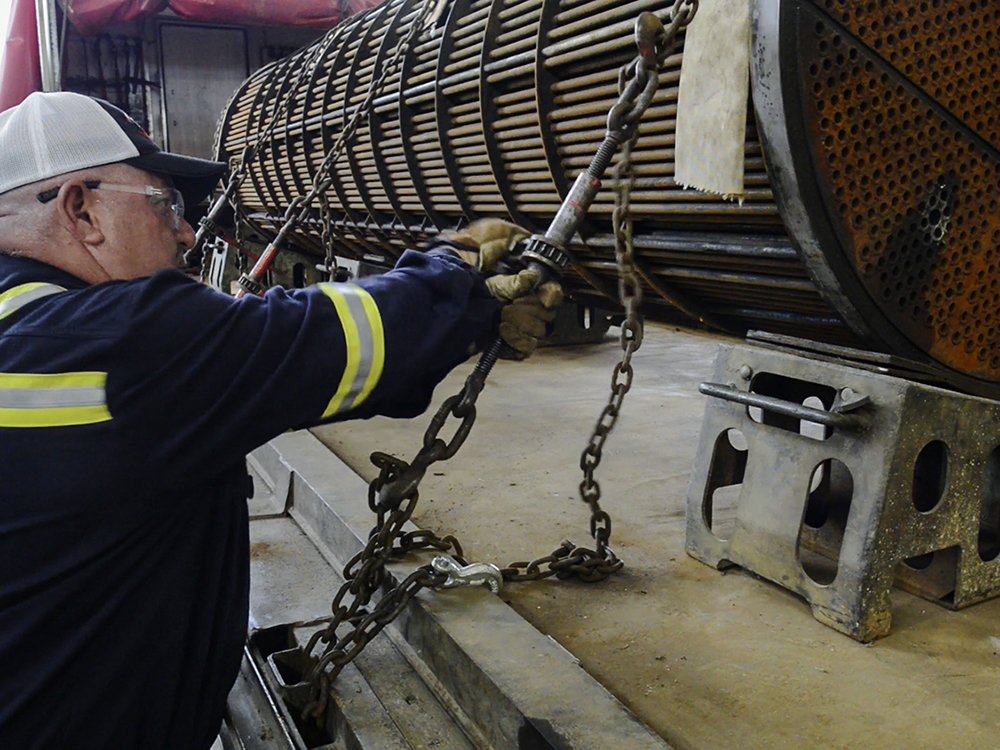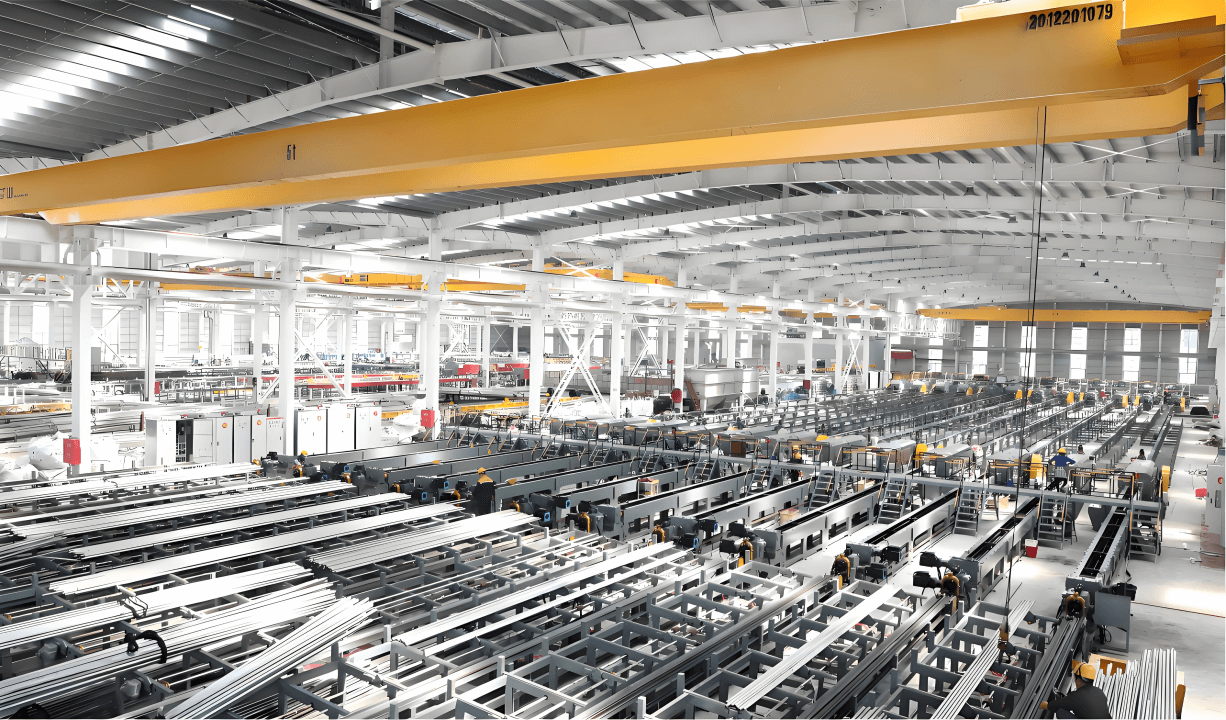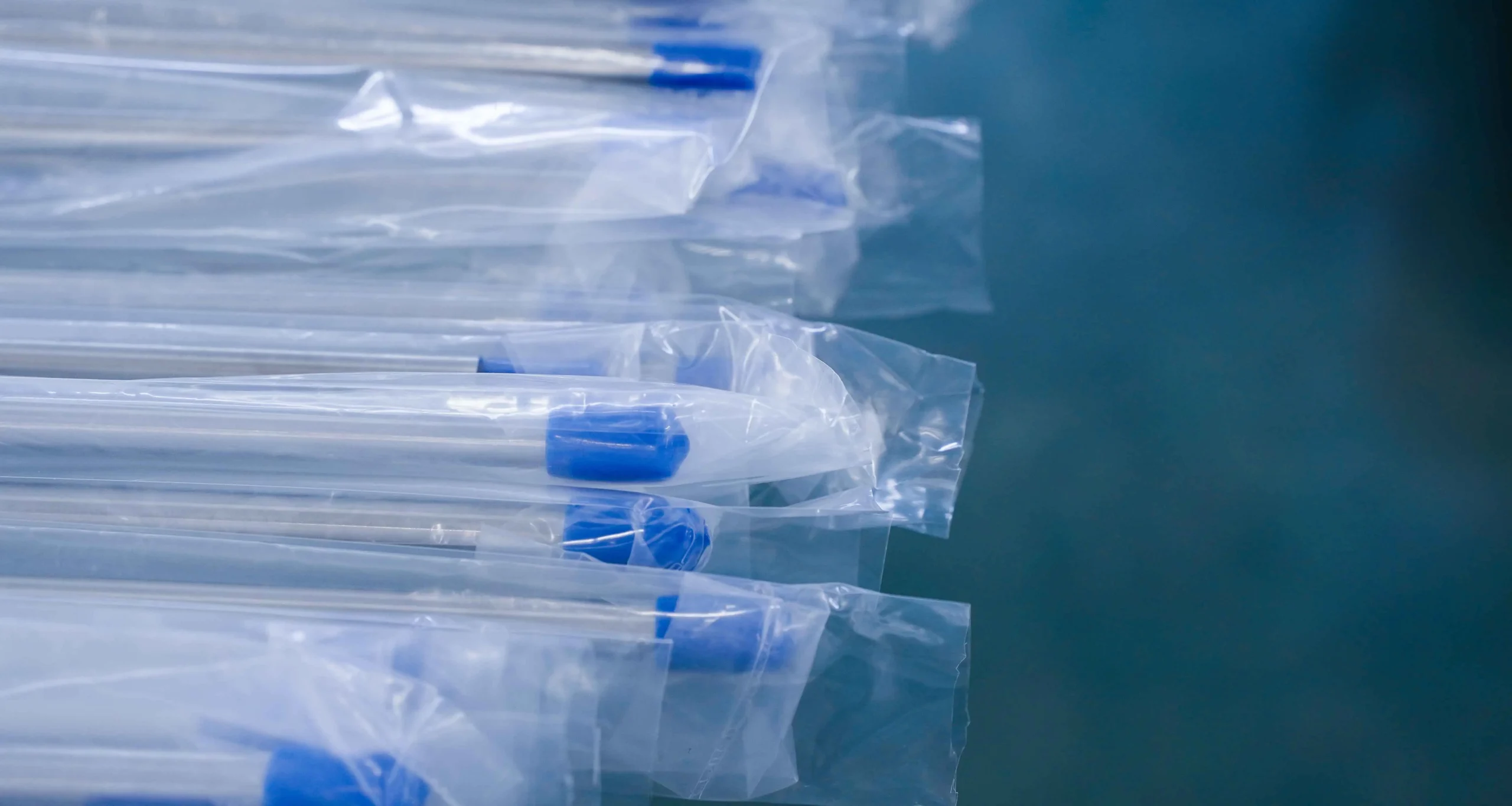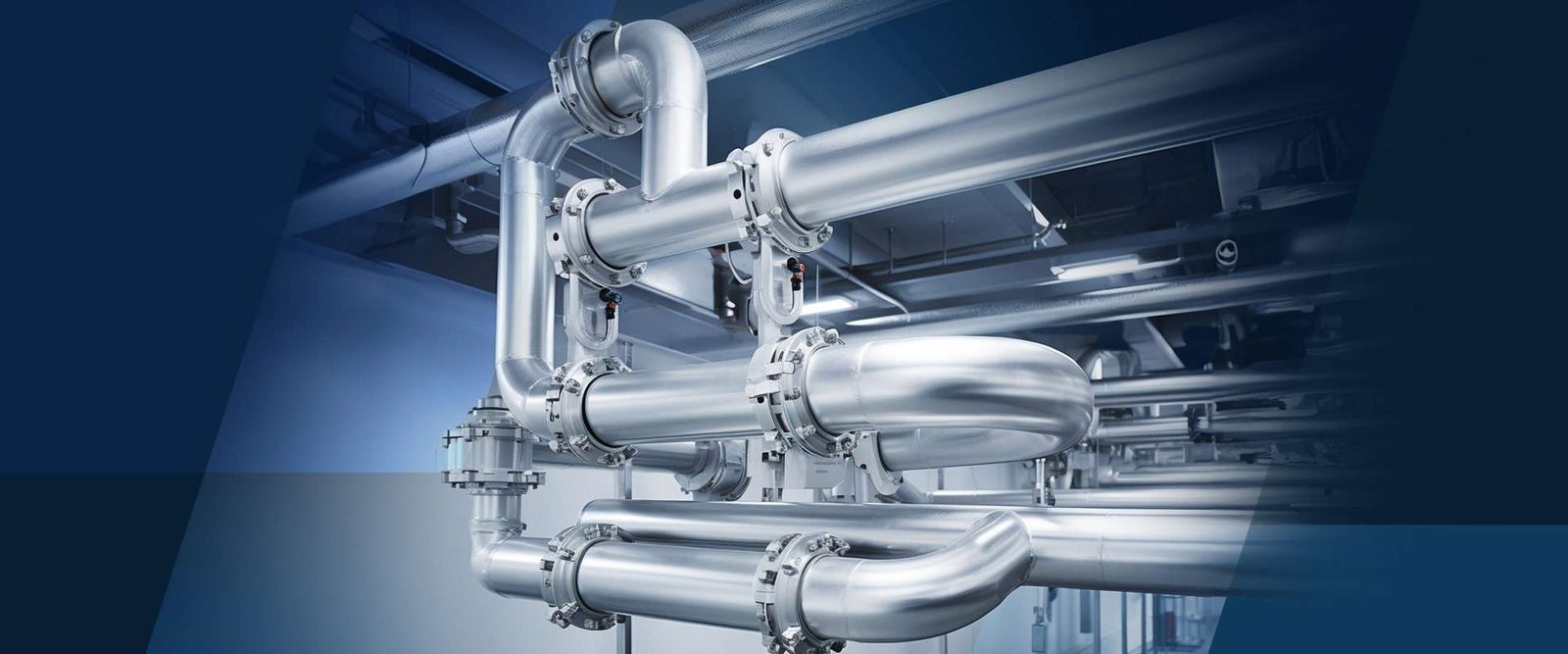Meta Description:
Discover the latest heat exchanger technologies—hybrid systems, additive manufacturing, AI monitoring, and advanced materials—shaping energy efficiency across industrial sectors.
1. Hybrid Heat Exchangers: The Next Evolution
Hybrid systems combine multiple heat transfer technologies (e.g., plate-fin + shell-and-tube) to boost energy efficiency and reduce installation space. This market is growing rapidly, fueled by decarbonization goals and integrated renewable systems.
Market projection from LinkedIn
They’re ideal for LNG plants, HVAC systems, and chemical processing, where performance per footprint matters.
2. Compact Designs with Additive Manufacturing (AM)
Thanks to additive manufacturing, engineers now design heat exchangers with optimized internal flow paths and minimal dead zones.
Case study – University of Wisconsin
These exchangers achieve up to 27% more thermal density and are transforming applications in aerospace, mobile power systems, and tight industrial enclosures.
3. Plate Heat Exchangers (PHEs) Still Dominate
PHEs continue to lead due to:
- High thermal transfer per m²
- Easy cleaning and maintenance
- Modular design options
Growth is strongest in food processing, renewable energy, and district heating systems.
4. AI-Enabled Monitoring & Predictive Maintenance
Digital twins, sensor integration, and machine learning allow users to detect fouling, corrosion, or leakage before failure occurs.
Example – AI anomaly detection
These systems are increasingly used in refineries and power stations, improving reliability and cutting downtime.
5. Material Innovation: From Copper to Nickel Alloys
Material choice directly impacts performance and service life:
- Copper: great thermal conductivity, ideal for HVAC & marine
- Stainless steels (304/316): chemical resistance, affordable
- Nickel alloys (Incoloy, Alloy 625): high-temp, sour service
- Titanium: exceptional corrosion resistance, low weight
Copper heat transfer overview – Wikipedia
What It Means for Tube & Pipe Selection
Choosing the right heat exchanger also means:
- Selecting seamless stainless steel or alloy tubes for critical exchangers
- Opting for corrosion-tested pickled or BA finishes for longevity
- Ensuring tubing complies with ASTM A213, B111, or NACE MR0175
- Working with a supplier like DLSS for certified materials and fast delivery
Frequently Asked Questions (FAQ)
Q1: What is the best material for seawater heat exchanger systems?
Titanium or copper-nickel alloys are preferred due to their high resistance to chlorides and marine corrosion.
Q2: Can I use stainless steel TP316L in a plate heat exchanger with glycol?
Yes, TP316L is compatible with most glycol-water solutions, but proper cleaning and passivation are recommended.
Q3: How do I know if a heat exchanger tube is suitable for H₂S service?
Look for tubes tested and certified according to NACE MR0175, with low sulfur content and hardness.
Q4: Does DLSS offer support for hybrid heat exchanger tube packages?
Yes, we supply project-integrated tubing and work with system designers to recommend the right alloys, finishes, and inspection levels.
Conclusion
From hybrid designs to smart diagnostics and material breakthroughs, heat exchangers in 2025 are smarter, stronger, and more sustainable.
DLSS stays at the forefront by offering tubing and piping solutions tailored for these innovations—engineered for performance, certified for reliability.
Contact DLSS
Email: info@dlsspipe.com
Website: www.dlsspipeline.com


